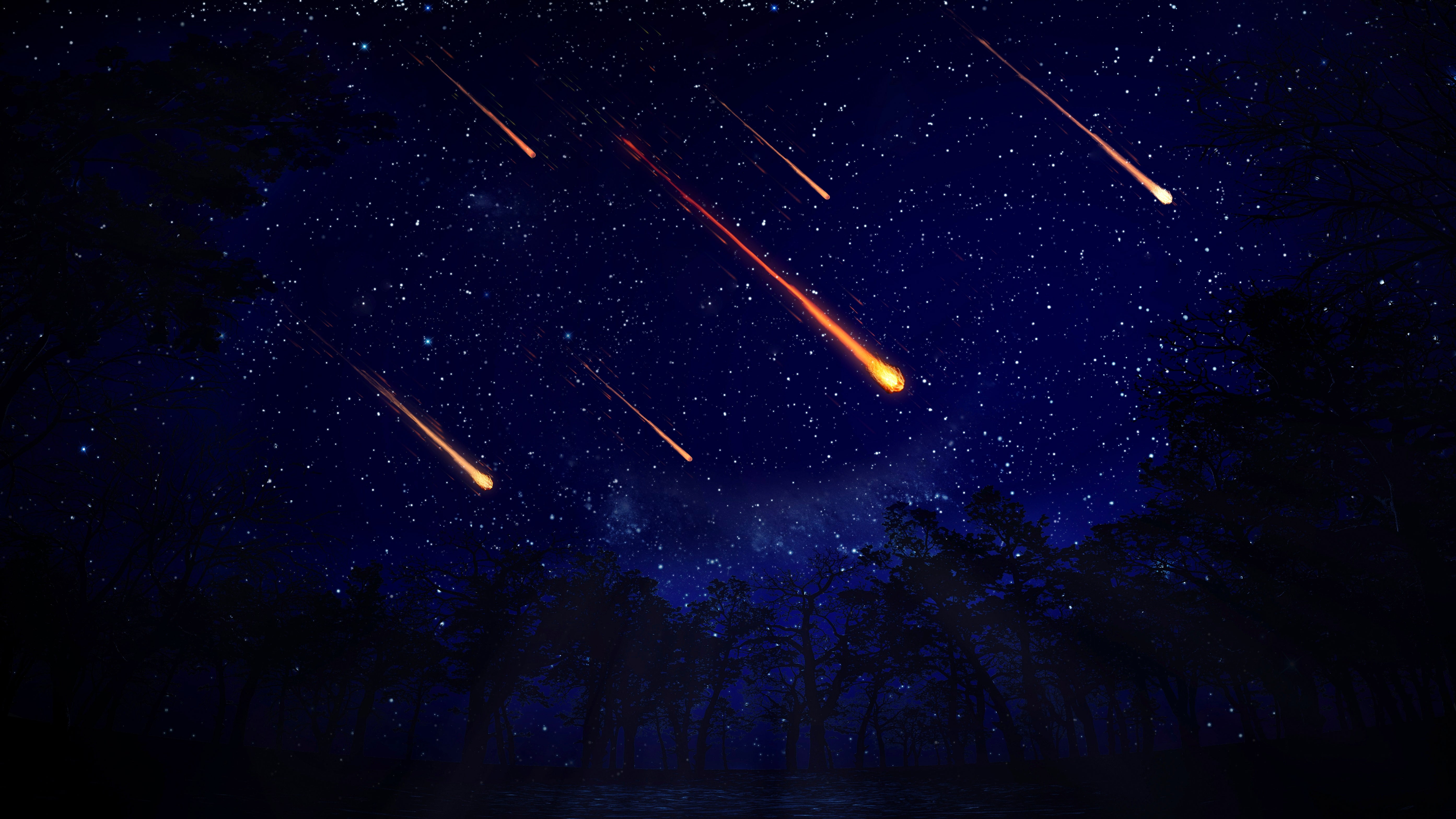

Chondrites are made of chondrules, which are “droplets of melted rock which cooled in microgravity into tiny spheres” (1).

There are three subtypes of this group: chondrites, achondrites, and a third, more rare group, planetary achondrites. Stony meteorites are the most common type of meteorites. Meteorites from the moon tend to range from 2.9-4.5 billion years old, while those from Mars vary from 200 million to 4.5 billion years old. The oldest we have recorded clock in at 4.56 billion years old, especially those that come from asteroids. The amount of time they spend shooting through the atmosphere is too brief to warm the rock completely, and so when they land, they are not hot enough to set anything on fire because of the rock’s temperature. While meteoroids are still in space, they are cold. (5, 6)Īre meteorites on fire when they crash into earth? No. Meteorites do contain small amounts of radioactive particles that are quickly lost, but they last such a short amount of time and are in such trace amounts that they are not dangerous. (6)Īre meteorites radioactive? Mostly no. This iron causes them to be more dense than earth rocks of the same size. The same thing that causes meteorites to be magnetic often causes them to be heavy: their high iron content. (6, 7)Īre meteorites heavy? Typically, yes. If it isn’t magnetic, it probably isn’t a meteorite. A majority of meteorites contain a significant amount of iron. (3, 4) Question and Answer:Īre meteorites magnetic? Yes. Some would even say they are more rare than diamonds.

Most meteors (90-95%) don’t survive the trip through the atmosphere, and those that do often fall unnoticed in remote areas or into oceans. Shooting stars are “small pieces of rock or dust that hit Earth's atmosphere from space” (2). Meteors are “the streaks of light we see at night as small meteoroids burns up passing through our atmosphere” (1) Meteoroids are what meteorites are called while still in space (5). Meteorites are “fragments of rock or iron from a meteoroid, asteroid, or possibly a comet that pass through a planet or moon's atmosphere and survive the impact on the surface” (1). The Campbell Geology Museum does NOT offer meteorite identification services. A meteoroid that survives falling through the Earth’s atmosphere and colliding with the Earth’s surface is known as a meteorite.Please note, this website is informational only.If you’ve ever looked up at the sky at night and seen a streak of light or ‘shooting star’ what you are actually seeing is a meteor. They range in size from dust to around 10 metres in diameter (larger objects are usually referred to as asteroids).Ī meteoroid that burns up as it passes through the Earth’s atmosphere is known as a meteor. A meteoroid is a small rock or particle of debris in our solar system.Asteroids are similar to comets but do not have a visible coma (fuzzy outline and tail) like comets do. Made of rock and metal, they can also contain organic compounds. Asteroids are small solar system bodies that orbit the Sun.When close enough to the Sun they display a visible coma (a fuzzy outline or atmosphere due to solar radiation) and sometimes a tail. A comet is a relatively small solar system body that orbits the Sun.Although there can sometimes be a blurry line between categories the following definitions should help you understand the difference between comets and asteroids, why Halley’s Comet is not a meteorite and more.


 0 kommentar(er)
0 kommentar(er)
